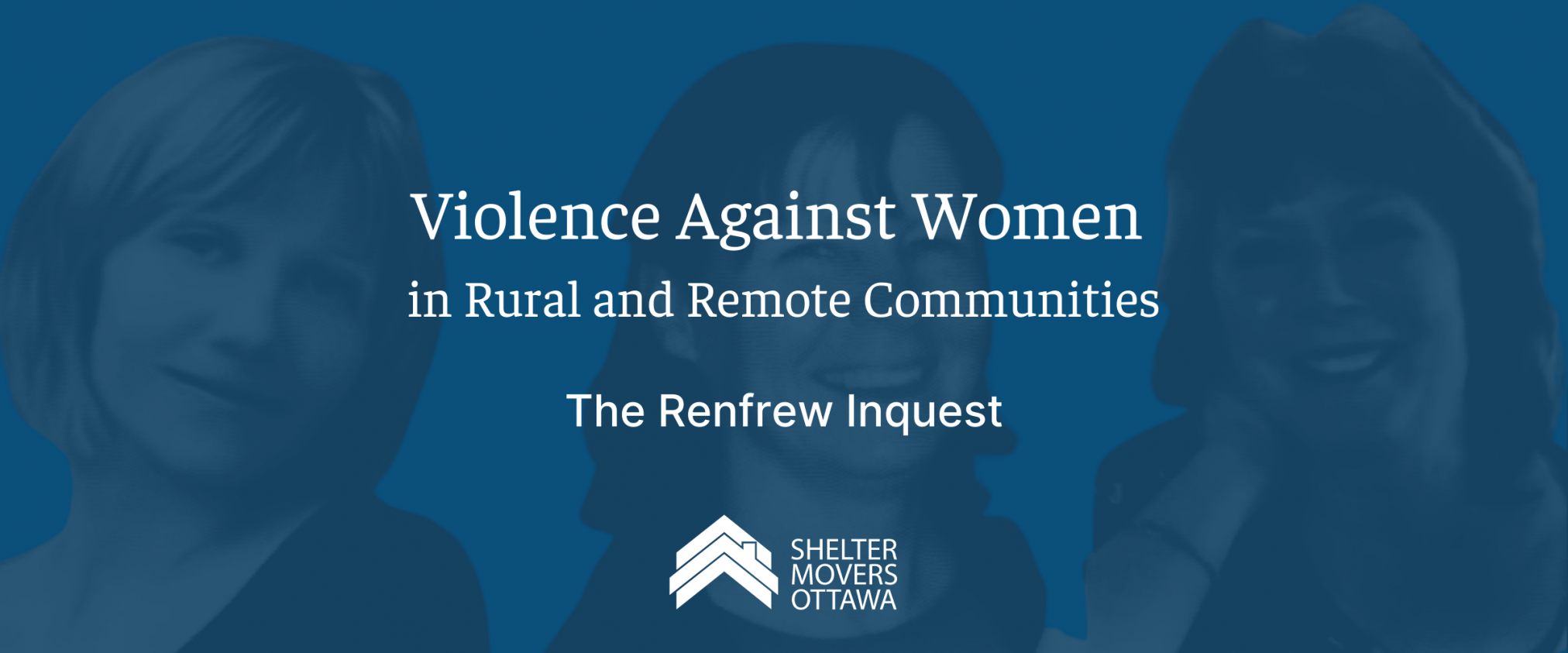In June 2022, the Culleton, Kuzyk and Warmerdam Inquest began examining the circumstances that resulted in the 2015 killings of three women in Renfrew County communities. The perpetrator, who knew all three women and had a known history of intimate partner violence (IPV), was on probation and poorly monitored. This inquest was tasked with finding ways to improve how probation services monitor perpetrators of IPV.
Violence against women is an issue that affects all communities, especially those in rural or remote areas. In Renfrew County alone, there have been 23 women killed as a result of IPV since 1970. As a result of this, the inquest hopes to provide advice on how this can be prevented. But what are the risks and barriers women face in rural communities and what can be done to help?
Survivors face additional risks and barriers in rural communities
- Close-knit communities: In a community where everyone knows everyone, it can be challenging for survivors to seek help and report abuse. This can be a result of lacking the proper services, having to report to someone close to the abuser, others not believing the accusations, having to leave the community behind, and more.
- Firearms: With firearms being more prevalent in rural communities and regulations being harder to enforce, there has been a significantly higher rate of femicide. Between 2017 and 2020, rural communities experienced a much higher rate of femicide than larger population centers.
- Lack of financial support: A lack of income, housing or employment can trap women in an abusive relationship. Additionally, withholding of funds by the abuser can be a form of psychological abuse.
- Lack of resources: Rural communities can have fewer, if any, resources. Women may need to travel a great distance to seek support, and then may find the support services might not have the specific accommodations to meet their specific needs (language, cultural, medical, religious, etc.).
Sources: VAW Learning Network, WomanACT
What needs to be done: suggestions from the Renfrew Inquest
Such factors should not be barriers to getting help. In a previous post, we discussed the topic of gender-based violence in rural communities and how community-based services would be an asset. The inquest has since made 86 recommendations to help those who have experienced, or are experiencing, IPV. These include:
- declaring IPV as an epidemic,
- including psychological abuse and femicide in the Criminal Code of Canada,
- allowing police services to disclose information about a person’s history of IPV to their partners,
- creating an emergency fund to support women living with IPV who are taking steps to seek help,
- ensuring alleged and convicted offenders will not reside in homes that have firearms,
- improve resources for education and training of the community through public education campaigns and including it in school curriculums.
Source: Inquest and CBC
These recommendations are a great step forward, however they are still only recommendations. This is why it is crucial that the government follows through.
With a rate of IPV 75% higher in rural communities, women must get the required support to get out of violent relationships. Shelter Movers Ottawa is committed to helping survivors flee abuse by removing some of the barriers women encounter when attempting to leave. We provide moving and storage services, free of cost, to families fleeing violence. This can make a difficult decision a little bit easier.

